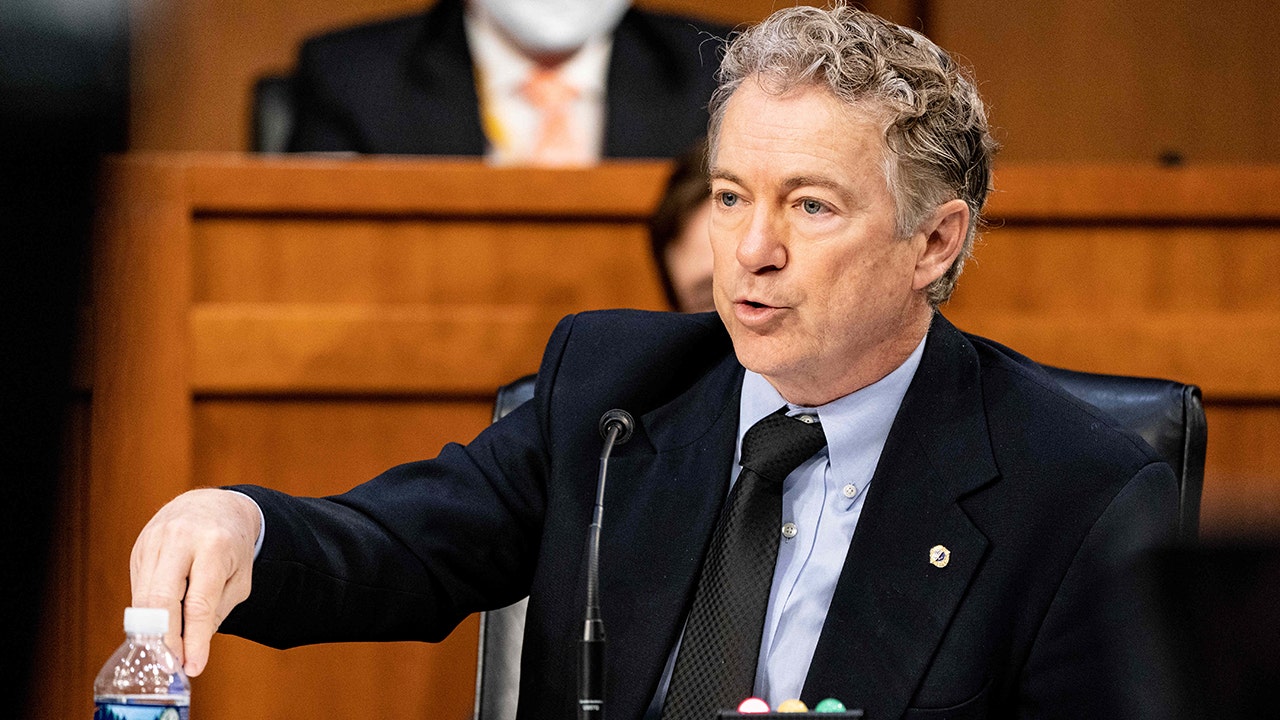In her years of studying the 1994 genocide in Rwanda and its aftermath, Hollie Nyseth Nzitatira has helped increase our understanding of how ordinary people can be coaxed into committing atrocities and how human resilience after genocide helps shape a nation’s future.
The genocide began on April 7, 1994, the day after the presidents of Rwanda and Burundi were killed when their plane was shot down over Kigali, Rwanda’s capital. Most of the victims were Tutsi, killed by the majority Hutus. An estimated 1 million people were killed over several months in the genocide and the civil war that coincided with it.
Nyseth Nzitatira, associate professor of sociology at The Ohio State University, has led a team of researchers in examining thousands of pages of court testimony and documents and interviewing hundreds of perpetrators and survivors of the violence to shed light on the tragedy – one of 40 genocides that have occurred worldwide since the Holocaust.
She sat down with Ohio State News recently to reflect on the work (see video).
She said there are three characteristics of the 1994 genocide in Rwanda that combined to create a rare opportunity to learn from the people involved how the tragedy unfolded: It was only 30 years ago, meaning most people who committed violence are still alive, and the scale of participation – about 240,000 civilians joined killing groups – simply increases the odds that some are willing to talk about it.
Further, a government court system held trials in every community between 2002 and up to 2012 to hold people accountable – meaning researchers knew where to find individuals who had been incarcerated for their crimes.
“The people who planned the genocide actually encouraged civilian participation. They used propaganda, they used local leaders, they used peer pressure, and they encouraged ordinary civilians, most of whom had never committed violence, to go out and essentially join killing groups, join mobs and hunt their neighbors,” Nyseth Nzitatira said.
Since 1994, the new government has focused on coming to terms with the country’s violent past.
“Rwanda has been very purposeful in addressing that violence,” she said. “The government has said, we are going to talk about this. We’re going to have court trials about what happened. We’re going to have museums about what happened. We’re going to teach students about what happened. We’re going to have commemoration periods. We’re going to talk about what happened in many places in the world.”
Though it can be troubling to learn that ordinary people were able to commit this most evil of crimes, she said it’s not an uncommon phenomenon.
“This is a finding throughout genocide studies,” she said. “This does not mean that genocide itself isn’t evil. It’s more just that these individuals are actually quite ordinary. And this is in some ways good news because it means that there’s not something deeply psychologically wrong with individuals, which would be very hard to change.”
Nyseth Nzitatira and colleagues have published papers based on interviews, testimony and analysis of extensive court records, finding that men who were tried for their role in the genocide believed that they were good people; that middle-aged men led the violence; and, most recently, that Rwandans released from prison articulated a “narrative of redemption” and were greeted with “gestures of openness” upon return to their communities. That outcome mostly applied to men, however. Women were much less likely than men to be incarcerated for genocide, and the women who were imprisoned found the scale of their welcome home was much smaller than that of men.
The genocide left the entire country affected by the killings, as well as sexual and property violence and displacement, and all of its institutions crumbled – meaning that in some ways, Rwanda as a country is only 30 years old, Nyseth Nzitatira said. The same people responsible for rebuilding every facet of society are those who experienced a very intimate genocide – one that was largely committed by neighbors who used machetes and clubs to target Tutsi.
“It’s almost hard to fathom that as a country, that people can coexist in the same space. But when you arrive there, you see a thriving society,” she said.
Nyseth Nzitatira cautioned, however, that reconciliation takes time, and that Rwandans are still healing from the wounds inflicted 30 years ago. And yet, they are committed to continually facing the past.
“I think there are many settings in which violence occurs and people move on quickly. They don’t face the past or the injustices that happened,” she said. “And I think Rwanda teaches us that to move forward, you have to face the past. I think every person in every country can learn from Rwanda in that sense.”
Related
The material in this press release comes from the originating research organization. Content may be edited for style and length. Want more? Sign up for our daily email.

























































